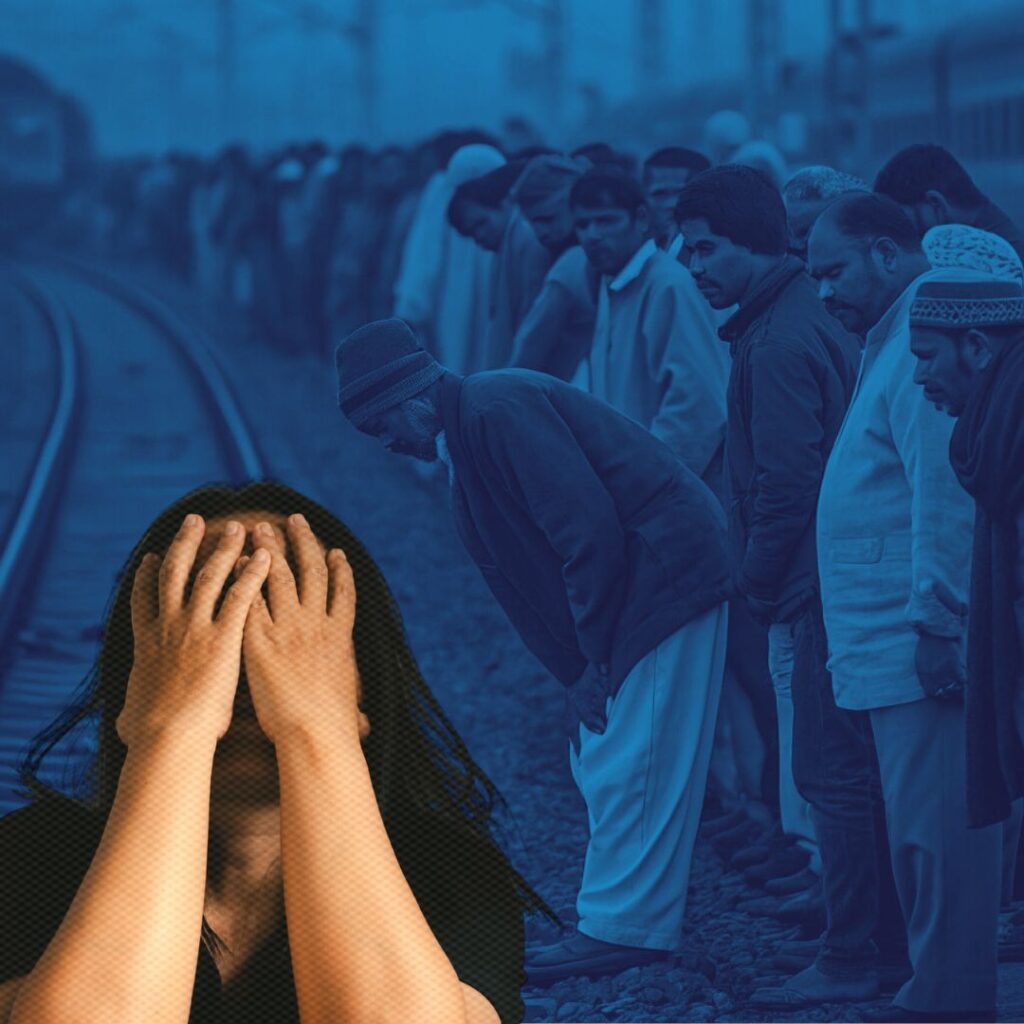Unemployment rate highest in india In a latest annual household survey conducted by Labour Bureau, it is found that the country’s unemployment rate has risen up to a five-year high of five percent in 2015-16. Joblessness is gripping the Indian economy with each passing year.
The Labour Bureau had earlier measured unemployment stood at 4.9 percent in 2013-14, 4.7 percent in 2012-13 and 3.8 per cent in 2011-12.
Among the entire five per cent in 2015-16, female job seekers are the worst hit as unemployment has sharply climbed to 8.7 percent , compared to 7.7 percent in 2013-14, according to the data from the Fifth Annual Employment-Unemployment Survey showed.
The unemployment rate in rural areas rose to 5.1 percent in 2015-16 from 4.7 percent in 2013-14, it declined to 4.9 per cent from 5.5 per cent in urban areas during the same period.
Signs of lower working ratio
47.8 percent of the people surveyed were reported to be employed in 2015-16, while it was 49.9 percent two years earlier when Labour Bureau conducted its previous survey.
“In the manufacturing sector, growth has come predominantly from improvement in efficiency and not too much due to a rise in output, so the growth in employment is much slower,” said Proban Sen, former chairman, National Statistical Commission, reported by The Hindu.
Employment patterns are changing
Corporate companies are looking for productive workers so there is a reduction in absorption of labour. On the contrary, the construction sector, one of the most labour-intensive sector, is not growing because of slow growth in job creation.
Unemployment has increased despite more people availing employment schemes by the government. For instance, the benefits of Mahatma Gandhi National Rural Employment Guarantee Act scheme were availed by 21.9 per cent households compared to 24.1 per cent households in 2013-14.
The survey also showed a rise in contractual employment and declining rate of self-employed and salaried workers.











